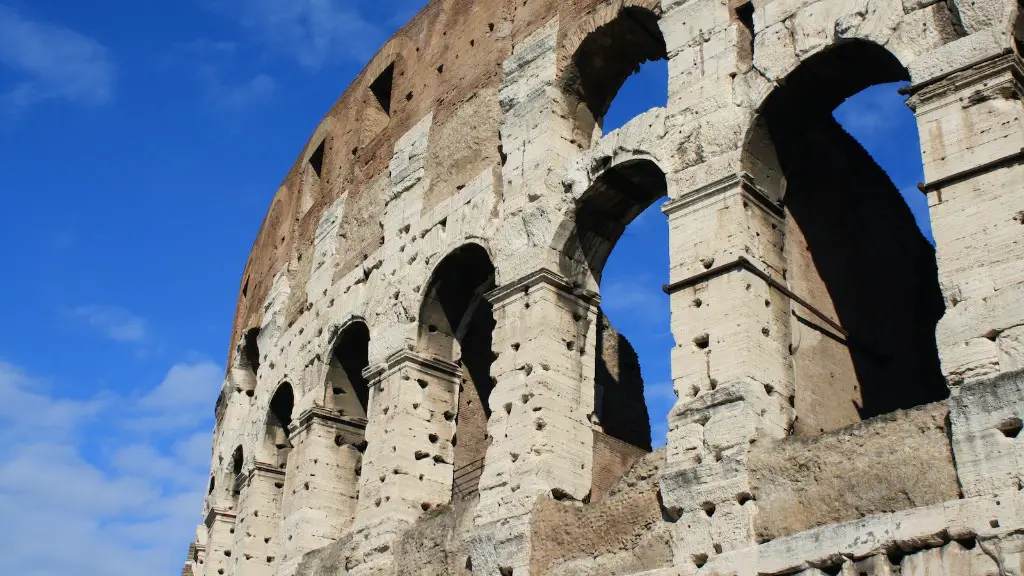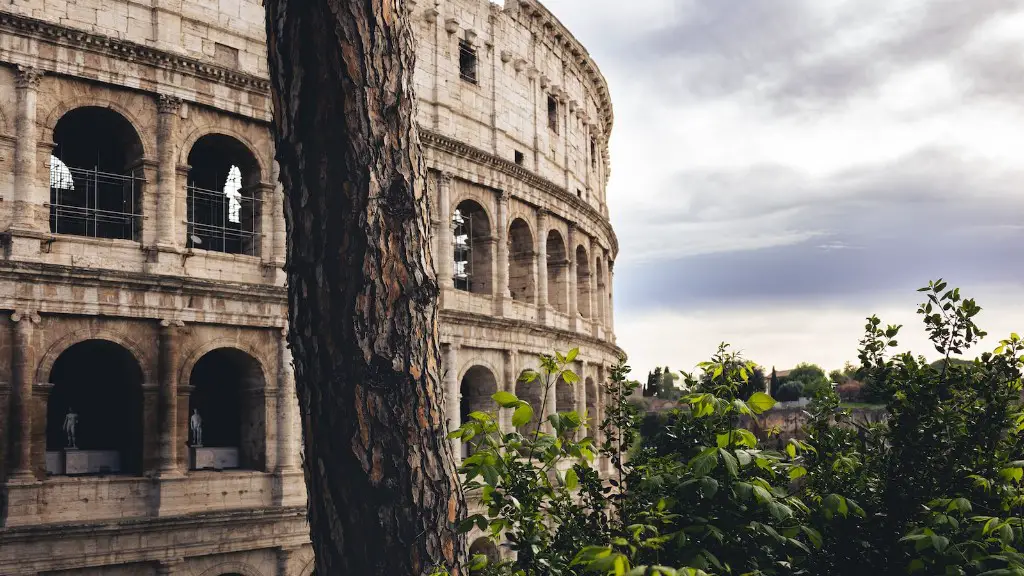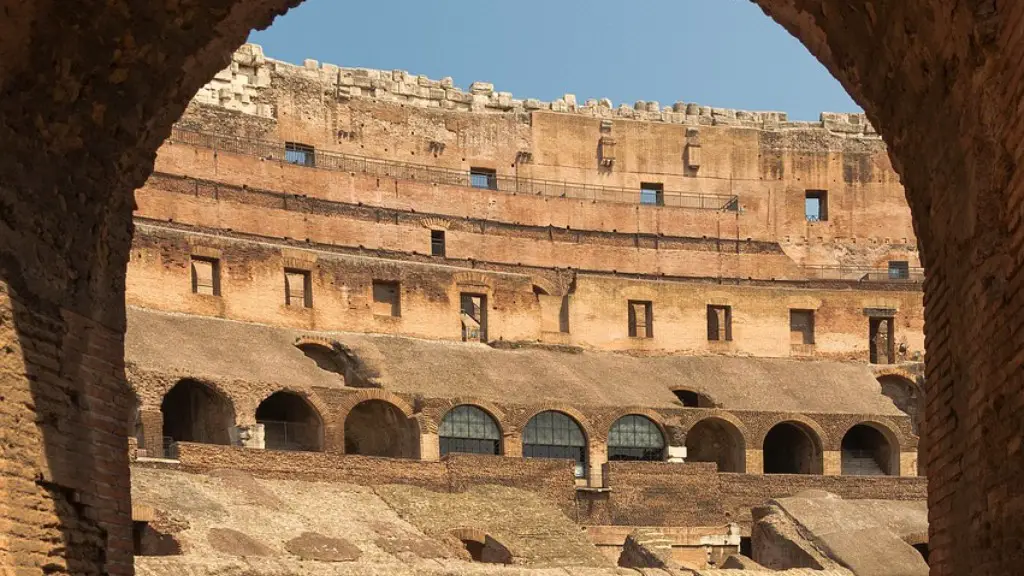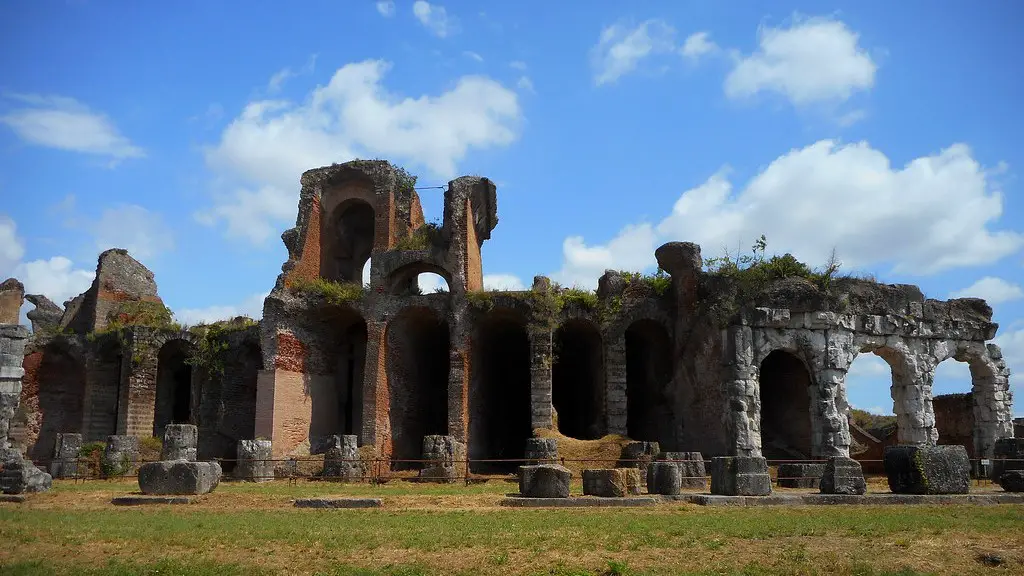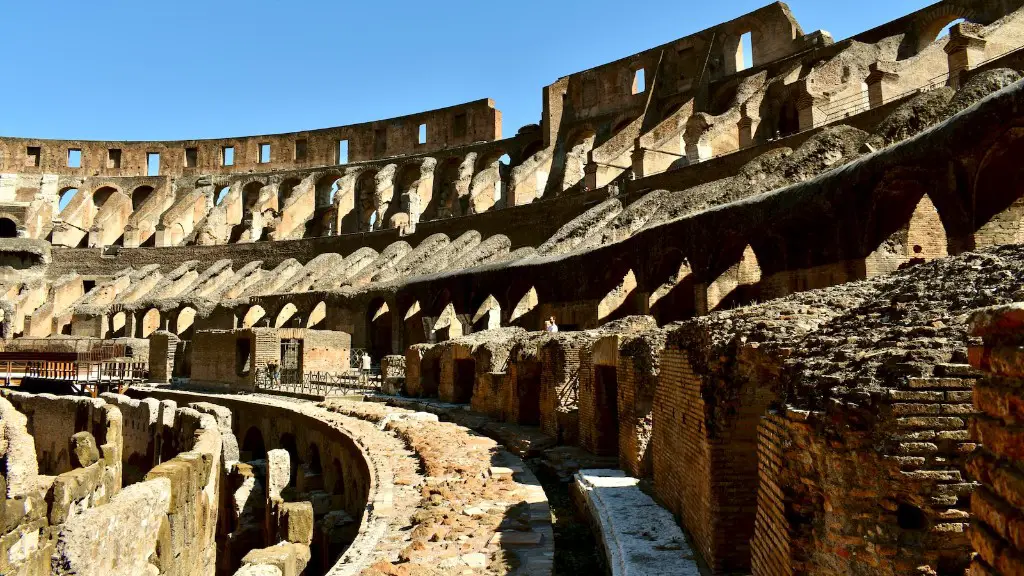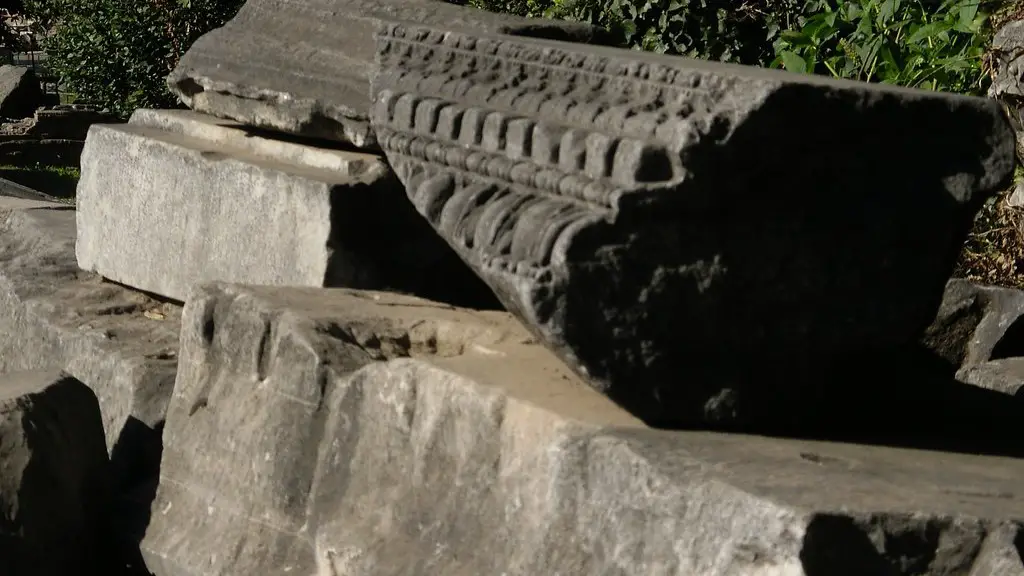The ancient Romans have played an integral part in shaping the evolution of music, inducing a plethora of changes into the world of contemporary music. Roman music has many different influences ranging from the Minoan and Greek civilizations, to the Etruscan and Mesopotamian cultures, ultimately cultivating the sophistication and elegance of Roman music. Despite the amalgamation of different styles, there were two main forms of music that the Ancient Romans enjoyed: lyre music and theatre music.
Lyre music was favoured by many Ancient Romans, especially the upper class. This type of music was often performed in private spaces, as it included string instruments, such as the lyre, the harp and the lute, providing a sense of tenderness to the atmosphere. Music of this kind centred around praising Greek Gods and mythology, helping to provide a distinct identity to the Greek world. It often expressed a sense of joy, pleasure, and love, allowing the people to escape the harsh realities of daily life.
Theatre music was also popular amongst Ancient Romans, who enjoyed musical performances of tragedies and comedies in the amphitheatres. This form of music included wind instruments, such as the flute and the tibia, as well as the percussion instruments, the tom-tom, cymbals and tambourines. It was used to inflict an emotive response from the audience, and often altered their responses and dispositions. Theatre music acted as an effective way of conveying a narrative for the audience to comprehend.
The Ancient Rome is highly renowned and praised for its remarkable musical heritage. There is evidence that this musical revolution started during the regal period in the 6th century B.C. and by the Roman republic in the 3rd century B.C. It focused on gods, heroes and epic tales, playing a significant role in the development of Roman culture and society. Music was a part of every tradition, ritual and religious service, reflecting the beliefs and values of the Roman Empire.
For the Ancient Romans, music was a basic part of life. It was respected and appreciated by many, allowing the culture to gain insight and form opinions about certain political and social matters. Music also helped to build strong relationships with others, providing a safe space to share and express emotions. Despite the Romans facing multiple issues, music helped citizens to relax, creating a sense of connection with the wider society.
Instruments of Ancient Roman Music
The Ancient Romans used a variety of instruments for their music. Much of the music utilised string instruments like the lyre, harp and lute, which helped to provide a tender, delicate atmosphere. Along with this, wind instruments such as trumpets, flutes, tibias and pan pipes were used in theatre music to evoke an emotive response from the audience. Percussion instruments, such as tambourines, drums and cymbals, were also popular during these performances.
The most popular string instruments of Ancient Rome were the lyre and the harp. These were often made of wood and were accompanied by two or three strings. The lyre was a highly valued instrument, used to perform elegiac and melodramatic music. The harp was also an important instrument in Ancient Rome, providing a pleasant, soothing sound to the music.
Wind instruments such as the cornu, a cone-like trumpet, was used in some forms of religious music. The salpinx, which is a conical-shaped trumpet, was used for partly ceremonial and partly military purposes. The cithara, which was similar in shape to the modern-day guitar, was used as well, with some experts believing it had an almost magical effect.
Ancient Roman’s music incorporated unique instruments that served as an integral part of the culture and society. These instruments were used to express emotion and love, highlighting the presence of music in everyday life.
Influences
The Ancient Romans drew inspiration from the Minoan, Greek, Etruscan and Mesopotamian cultures, variously incorporating new techniques and elements of music across different civilizations that have shaped the Roman music of today. Influences from ancient Greece included the lyre, cithara and salpinx, which were often used during religious ceremonies and processions. The Romans also added their own flair to the music, forming the basis of modern European music.
The introduction of Greek-style musical theatre was also an undenying influence on Ancient Rome. The influx in performances of tragedies, comedies and music dramas during the Hellenistic period had a significant impact on how Roman music was performed. Along with this, the Romans were also exposed to an extensive range of musical instruments, allowing them to diversify the types of music they produced.
The Etruscan civilization, which was situated on the eastern coast of Italy during The Iron Age, affected Ancient Rome a great deal. This civilization was particularly known for its mastery in playing the tibia and the tympanum, two musical instruments which have their origins in the Etruscan civilization. Their influence on Ancient Roman music has been further highlighted through their use of the hydraulis and the pipalism.
Finally, the Mesopotamian culture, fashioned from myth and legend, gave the Ancient Romans several influences in the music domain. Through this, the Romans discovered a variety of instruments, such as the reed and double-reed flutes, as well as the xylophone and triangle. These instruments provided a powerful and resonant sound, and as such were used mainly in grand public events.
Musical Practices of Ancient Rome
The Ancient Romans exposed themselves to a unique set of musical practices, aiding in the development and refinement of their music. Some of these practices included the use of rhythm and metre, developments of the Macedonian scales, and performance of oratorio.
Rhythm and metre were two musical practices that the Ancient Romans were particularly fond of. They used rhythm to create the timing and flow of their music, while the use of metre helped the musicians to remember and keep in-time with the pieces. These practices allowed the Ancient Romans to create intricate compositions, incorporating various types of instruments, as well as divering vocal styles.
The Ancient Romans developed the Macedonian scale, which is a seven-tone scale, comprised of diatonic and chromatic tones, providing a greater range of possibilities for their compositions. This scale was fundamental for creating the basis for numerous types of music such as opera, symphony and chamber music.
The performance of oratorio was highly valued in Ancient Rome. This is a genre of drama that combines music and spoken word to tell a story, often with a religious context. It typically includes a chorus, soloists and a conductor, and are flawlessly executed to evoke a wide range of emotions.
Social Impact
The Ancient Roman’s music had a significant social impact. It was used to strengthen relationships, forming a powerful connection between members of a society. Along with this, music instilled confidence and courage amongst people, allowing them to express their emotions and feelings within a safe space. Music also cultivated an identity amongst the Romans, providing them with an understanding of the wider culture.
The music also wildly shaped the culture, as it was used for political and social commentaries. It was an effective way of informing the public and creating a unified society. It even served as a tool to help citizens and support them through difficult political, social and economic issues. Without the Romans’ music, it is unlikely that society would have the same level of understanding and empathy.
Furthermore, many rituals and traditions adopted certain elements of music to create a truly immersive experience. Music was an intrinsic part of their lives, allowing the public to experience different interpretations of beauty. Music also emphasised the beauty of nature, by allowing the public to recognise the intricacies of the natural world.
Conclusion of Music in Ancient Rome
The Ancient Romans exposed themselves to a variety of music styles, ranging from Greek and Etruscan influence to theatre performances. Among these styles were the Minoan, Greek, Etruscan and Mesopotamian cultures, all of which impacted the evolution of Roman music. Along with this, Romans developed a strong appreciation for different instruments. These practices, along with the social impact of the music, helped to cultivate the Roman music of today.
